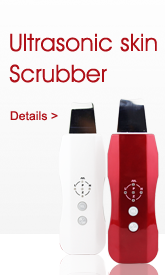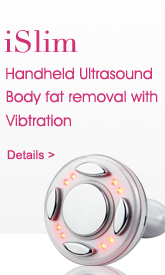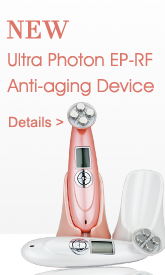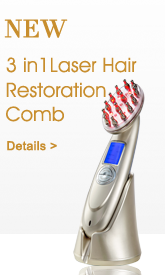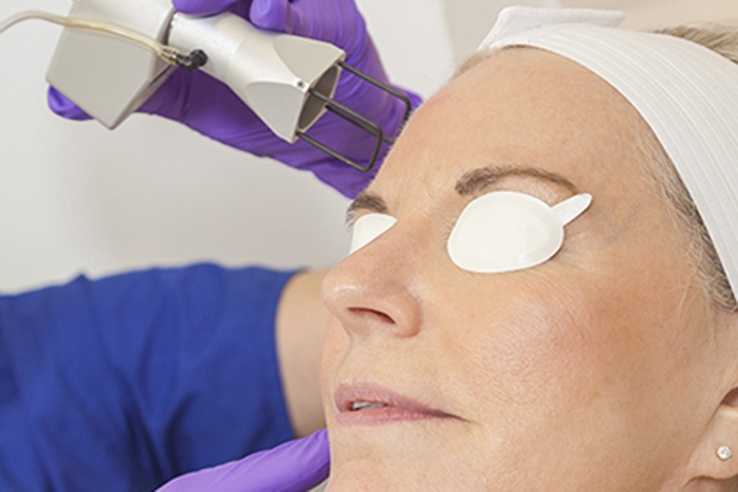Fractionated technologies continue to expand and evolve, offering practitioners more targeted options.
The 1550nm Fraxel laser from Reliant Technologies (now Solta Medical, solta.com) introduced the medical aesthetics industry to an entirely new category of devices. Featuring a fractionated delivery system that breaks laser beams into tiny dots that create thermal zones of injury surrounded by healthy tissue, the Fraxel—and the many devices it inspired—expanded the patient base for laser skin resurfacing. Patients no longer need to suffer through months of downtime, and doctors can safely treat a wider range of patients by choosing the correct device based on skin type, skin concerns and lifestyle.
The New Range of Fractional One of the first major advances in fractional technology, following the 1550nm Fraxel, was the introduction of the CO2 ablative fractional laser.
The epidermal damage caused by these ablative devices results in more downtime—generally five days to one week—and poses a risk of infection and adverse events, though that risk is significantly reduced when compared to full-face CO2 and Er:YAG laser resurfacing. “You want to make sure these patients are not prone to keloid formation,” says Suzan Obagi, MD, associate professor of dermatology; associate professor of surgery, division of plastic surgery; and director of The Cosmetic Surgery and Skin Health Center at the University of Pittsburgh Medical Center. “Make sure the patient is not on medications that may alter wound healing and, when you do each procedure, you need to teach the patient proper home care so she’s less likely to have a post-operative infection.” When working around the mouth area, Dr. Obagi also prophylactically treats the patient to prevent herpes outbreaks during the healing process.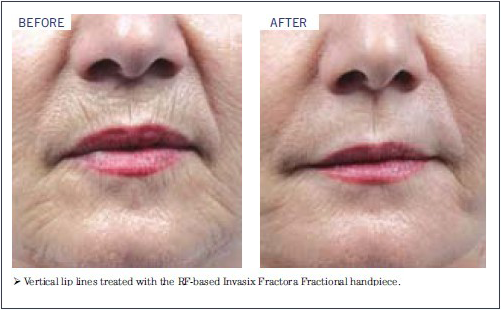
Stephen W. Eubanks, MD, The Dermatology & Laser Center at Harvard Park in Denver, chose an ablative CO2 device for his practice, largely because he had past experience with full-face CO2 treatments. “Almost every company has a fractional CO2 device today, but they’re all a little different,” he says. “They can do everything from a really light resurfacing to something almost approaching what we did with full-face. I find them to be very useful for moderate-plus wrinkles and generalized sun damage in fair skinned people.”
The CO2 fractionated lasers were followed by two more ablative wavelengths, the 2940nm Er:YAG laser and the 2790nm Pearl YSGG laser (Cutera, cutera.com). “The Er:YAG is more of a vaporizing wavelength than a tissue-tightening wavelength,” says Dr. Obagi. “CO2 is a good tissue-tightening wavelength and may be somewhat ablative. In between that is the YSGG that has properties of both so for each zone of tissue injury, you get a little bit of tissue retraction around it.” She notes that the Er:YAG is a good choice for acne scars because it is more vaporizing, while the CO2 is good for older skin that needs tightening and wrinkle reduction. “If you see a mix of these patients, then the YSGG Pearl is really good,” she says.
Paul Vanek, MD, a plastic surgeon in Mentor, Ohio, performs erbium-based MicroLaser Peels and ProFractional resurfacing (Sciton, sciton.com) because he feels Er:YAG fractional devices cause less inflammation. “The erbium doesn’t cause prolonged redness because it doesn’t cause the same amount of inflammation,” he says. “Erbium also has a lower risk of hypopigmentation than fractional CO2.”
The drawbacks of working with ablative devices versus nonablative include longer downtime and higher risk of adverse events, especially when working off-the-face or on patients with Skin Types IV, V and VI. Dr. Obagi fi nds that she can treat off-the-face areas, such as the neck and chest,“but you have to set your parameters correctly and scale the energy down tremendously,” she says. “There have been multiple cases of severe scarring on the neck from overaggressive lasering with fractionated devices.”
“I have a Mixto SX CO2 device and I have used it on Skin Type V, Mediteranean skin types,” says Sam Rizk, MD, FACS, New York City. “In these patients I usually give them one month Retin-A pre-operatively and bleaching agents and one month post-operative Retin-A and bleaching agents to prevent hyperpigmentation. I’d say it’s safe for Skin types I-IV, but for V you need to use a very low setting— lower index and lower energy. I would not use CO2 on skin type VI.”
2013 | iBeautyMachine.com

